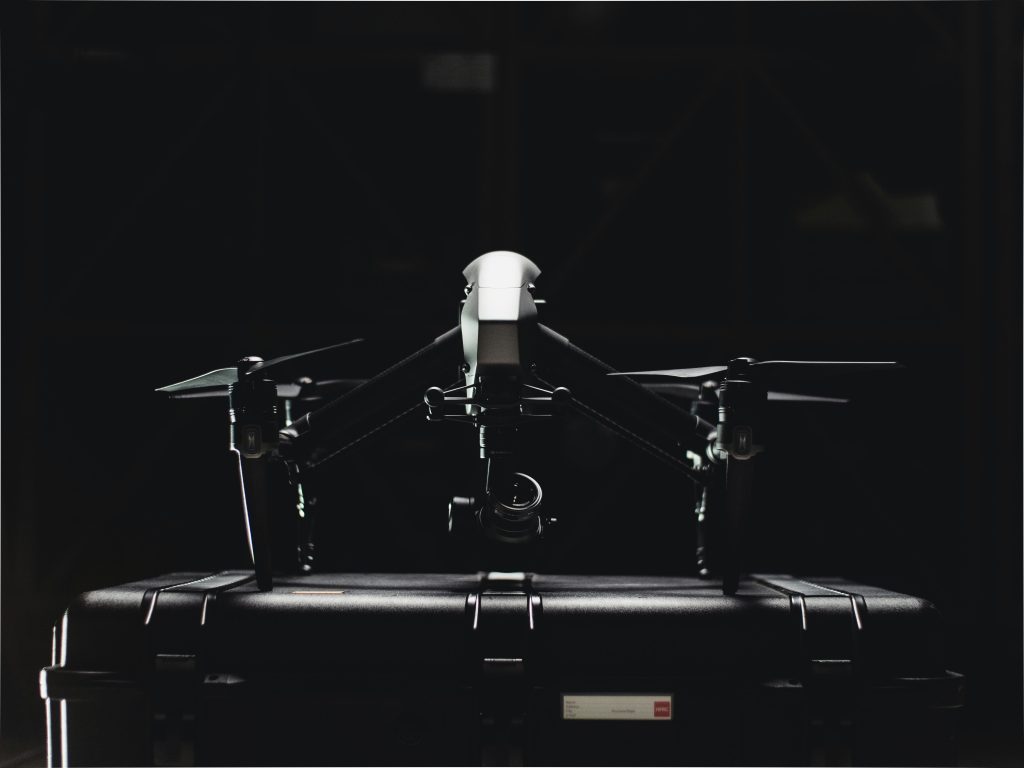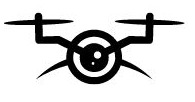Introduction
DJI, the world’s largest manufacturer of drones, has been at the centre of a significant geopolitical debate in recent years. The potential ban on DJI products in the United States has raised numerous concerns among recreational users, commercial operators, and various government agencies. The discussion around this ban, initially proposed as part of the Countering CCP Drones Act, has highlighted key players on both sides of the issue, including U.S. government officials, industry stakeholders, and national security experts. This article will explore the intricacies of the DJI ban, the reasons behind it, the recent decision by the Senate not to move forward with the proposed legislation, and the broader implications for the drone industry and national security.

Background on DJI and Initial Ban Proposals
Overview of DJI
DJI, headquartered in Shenzhen, China, has established itself as the global leader in drone technology, offering a wide range of products that cater to various segments, from hobbyists to professional users. Their drones are renowned for their innovation, reliability, and affordability, making them a preferred choice across multiple industries. Americas DJI Ban would affect 58% of its market share according to a former employee.
Initial Ban Proposals
The U.S. government’s concerns about DJI stem from broader apprehensions regarding Chinese technology companies and national security. In December 2020, DJI was added to the Entity List by the U.S. Department of Commerce, which restricted American companies from exporting technology to DJI without special licenses. The primary justification for the DJI ban was the alleged risk of data being accessed by the Chinese government, potentially compromising U.S. national security.

The Countering CCP Drones Act
Introduction of the Act
The Countering CCP Drones Act was introduced as part of broader legislative efforts to mitigate the perceived risks posed by Chinese technology. The act aimed to prohibit the use of DJI and other Chinese-manufactured drones by federal agencies and to restrict their procurement and use by state and local governments. The legislation was introduced as part of the National Defense Authorization Act (NDAA) for the fiscal year 2025.

Key Players and Their Positions
Proponents of the Ban
- U.S. Department of Commerce: Initiated the inclusion of DJI on the Entity List, citing national security concerns.
- Department of Defense (DoD): Expressed worries about the potential for DJI drones to collect sensitive data that could be accessed by the Chinese government.
- Federal Aviation Administration (FAA): Has shown concerns over the security implications of using foreign-manufactured drones in critical infrastructure and airspace.
- Certain Members of Congress: Advocated for the ban as a measure to protect national security and ensure that critical infrastructure is not vulnerable to foreign surveillance.

Opponents of the Ban
- Industry Stakeholders: Various organizations and companies within the drone industry have lobbied against the ban, highlighting the widespread use and reliance on DJI drones for various operations.
- Commercial Users: Businesses that use DJI drones for photography, agriculture, surveying, and inspection have expressed concerns over the economic impact and disruption the ban could cause.
- Recreational Users: Hobbyists and amateur drone enthusiasts have also opposed the DJI ban, as it would limit their access to affordable and high-quality drones.
- Some Government Agencies: Agencies that rely on DJI drones for tasks such as search and rescue, disaster response, and law enforcement have highlighted the operational challenges they would face without these tools.
Recent Developments
Senate Decision to Drop the Act
In a significant development, the Senate decided not to move forward with the Countering CCP Drones Act as part of the 2025 NDAA. This decision was influenced by various factors, including extensive lobbying from industry stakeholders and a closer examination of the potential economic and operational impacts of the ban.
Reasons for the Decision
Several key reasons contributed to the Senate’s decision:
- Economic Impact: The potential ban on DJI drones would have far-reaching economic implications, particularly for industries that heavily rely on these drones for their operations.
- Lobbying Efforts: Various industry groups and stakeholders lobbied against the ban, emphasizing the importance of DJI drones for their businesses and operations.
- Lack of Immediate Alternatives: The absence of readily available and equally capable alternatives to DJI drones played a significant role in the decision to drop the ban.
Implications of the Senate’s Decision
For the Drone Industry
The Senate’s decision to drop the ban is a relief for many in the drone industry. DJI drones are known for their advanced technology and affordability, making them a staple in sectors such as agriculture, filmmaking, and emergency response.
For Federal and Local Agencies
Federal and local agencies that use DJI drones for surveillance, mapping, and other operations will continue to have access to these critical tools. This continuity ensures that operations dependent on DJI technology will not face disruption.
For Data Security Concerns
While the decision alleviates immediate concerns for users, data security remains a critical issue. Agencies and organizations using DJI drones will need to continue implementing robust data security measures to mitigate potential risks. The DJI Ban could be key if there is ever a conflict between the US & China.
Future Prospects
Potential for Re-Evaluation
The issue of Chinese technology and national security is likely to persist. Future legislative sessions may revisit the idea of restricting DJI and other Chinese-manufactured drones.
Technological Innovations
The decision not to move forward with the ban provides an opportunity for technological advancements within the U.S. drone industry. Companies may focus on developing competitive alternatives to DJI drones.

International Perspective
Other countries are also grappling with similar concerns regarding DJI and other Chinese technology firms. The global response and regulatory landscape will shape the future of DJI’s market presence.
Conclusion
The Senate’s decision to drop the Countering CCP Drones Act from the 2025 NDAA marks a significant development in the ongoing debate over DJI drones. While this decision maintains the status quo for now, the underlying concerns about data security and national security persist. Stakeholders must stay informed and proactive in addressing these issues as the drone industry continues to evolve.
FAQs
- Why was DJI initially considered for a ban? The U.S. government raised concerns about data security and potential surveillance by the Chinese government.
- What was the Countering CCP Drones Act? A proposed legislation aimed at banning the use of Chinese-manufactured drones by federal agencies and restricting their purchase and use by state and local governments.
- Why did the Senate decide not to move forward with the DJI ban? Economic implications, lobbying efforts from industry stakeholders, and the lack of immediate alternatives to DJI drones contributed to the decision.
- What are the future prospects for DJI in the U.S.? While the immediate ban is off the table, future legislative sessions may revisit the issue. The U.S. drone industry may also see increased efforts to develop competitive alternatives.




